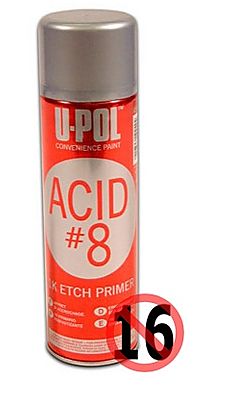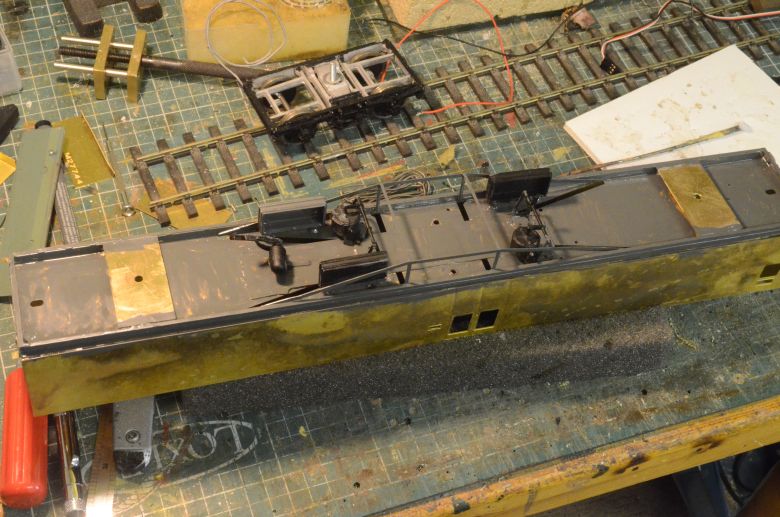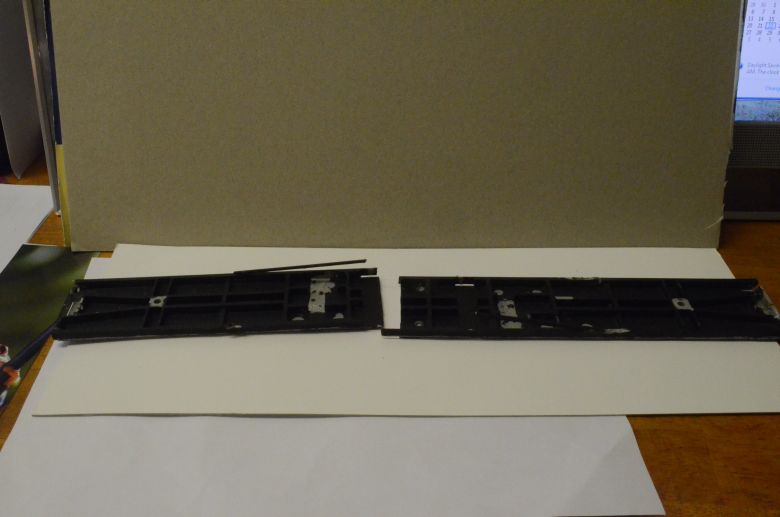O Gauge Modelling on the GWR
A personal Journey
Developing a working TPO
The inspiration for this came from my Hornby Dublo 3 rail layout which has an original tinplate TPO in full working order.

Latest news: here is the first trial run dropping and picking up bags successfully!
Look below to see how I did it.
The three main parts of this project involve the building and testing the coach, developing and testing of the ground gear and setting up the control equipment in the coach using DCC. I have already approached two suppliers as to the coach kit and have settled on a 57' GWR PO collection van number 795. One company will provide the sides end and floor and the other the chassis, bogies, roof and wheels and the pickup frames and assemblies and the traductor arms that hold the mail bags out from the side of the coach. These sections will be updated on a nearly daily basis as the project develops. Like the other parts of my website they grow on a regular basis so if you want to know more return on a regular basis and I hope you won't be disappointed!
As this part of the website has a lot of detail in it I'm splitting it into three further sections so please choose from the list below:
Creating the ground gear for the Travelling post Office
Developing the project into a complete working system
Chassis disaster:
During the build of the TPO coach I used the resin chassis from JLTRT screwed into the floor of the brass Wolesley Works coach body. The main reason for this was because it gave me isolated bogies to allow me to draw power from the tracks. Unfortunately the resin chassis began to bend, (I had painted the underneath black and I'm not sure if this was a reaction with the paint which was Railmatch Matt black). It Also stood proud of the coach sides slightly and this made the body too high when standing next to my other coaches. In trying to straighten the resin chassis it snapped in two. The pictures below tell the story. Therefore I am now building the coach with just the brass floor. I have added strengthening spars for the bogies which will now have to be isolated as before. Click the images for a larger view.
This is the chassis rebuilt onto the brass floor. You can see the strengthening spars for the bogies. Subsequently though I cut down the resin chassis and honed the pieces down and used them as they made good isolation blocks between the coach and the wheels for current collection.
The resin chassis snapped into two pieces. Closer inspection shows just how thin it is at that point which is almost midway along the chassis.
It is only 1mm thick at that point as are the walls. There are two sections in the chassis where this is definitely a weak spot. What happened next is detailed in the coach section.
Paint disaster
I've also had problems with the paint. The primer I used did not adhere to the brass coach body and with subsequent coats did flake off after other coats were applied.
Because of this it was thankfully really easy to remove the paint down to the bare metal again. So both sides have been scraped and cleaned. I propose to use the U-Pol etched primer as an aerosol.

The problem with Brass sheet is that there are several mixes of brass used and whatever the mix, the metal itself creates an 'oily' surface that makes it difficult for paint to grip onto it. A good acid based primer will cut into the surface making a better grip attainable and less likely to cause subsequent layers of paint to make the primer 'flake'.
What a difference the U-POL made. It sticks like glue and gives an excellent grounding for the top coat as shown here in the front and back of the coach.
The masking tape I use is 3M Scotch brand N0: 218. Does not bleed and is easily removed from the paintwork without the usual disastrous peeling!
Not so now. I used Railmatch aerosols and the result is most satisfactory. There was a slight bleed onto the yellow but that was entirely my fault as I only used thin strip of masking. Using the full width produced no bleeding and it came away from the paint with no problems
Here is the rear side of the coach with lining and transfers.
And here is the busy side:
Book Sources
An illustrated History of the TPO by Peter Johnson
Great Western Railway Travelling Post Offices by J.G. Hosegood
Mail trains by
Julian Stray
T.P.O. A History of the travelling post offices of Great Britain
by H.S. Wilson


